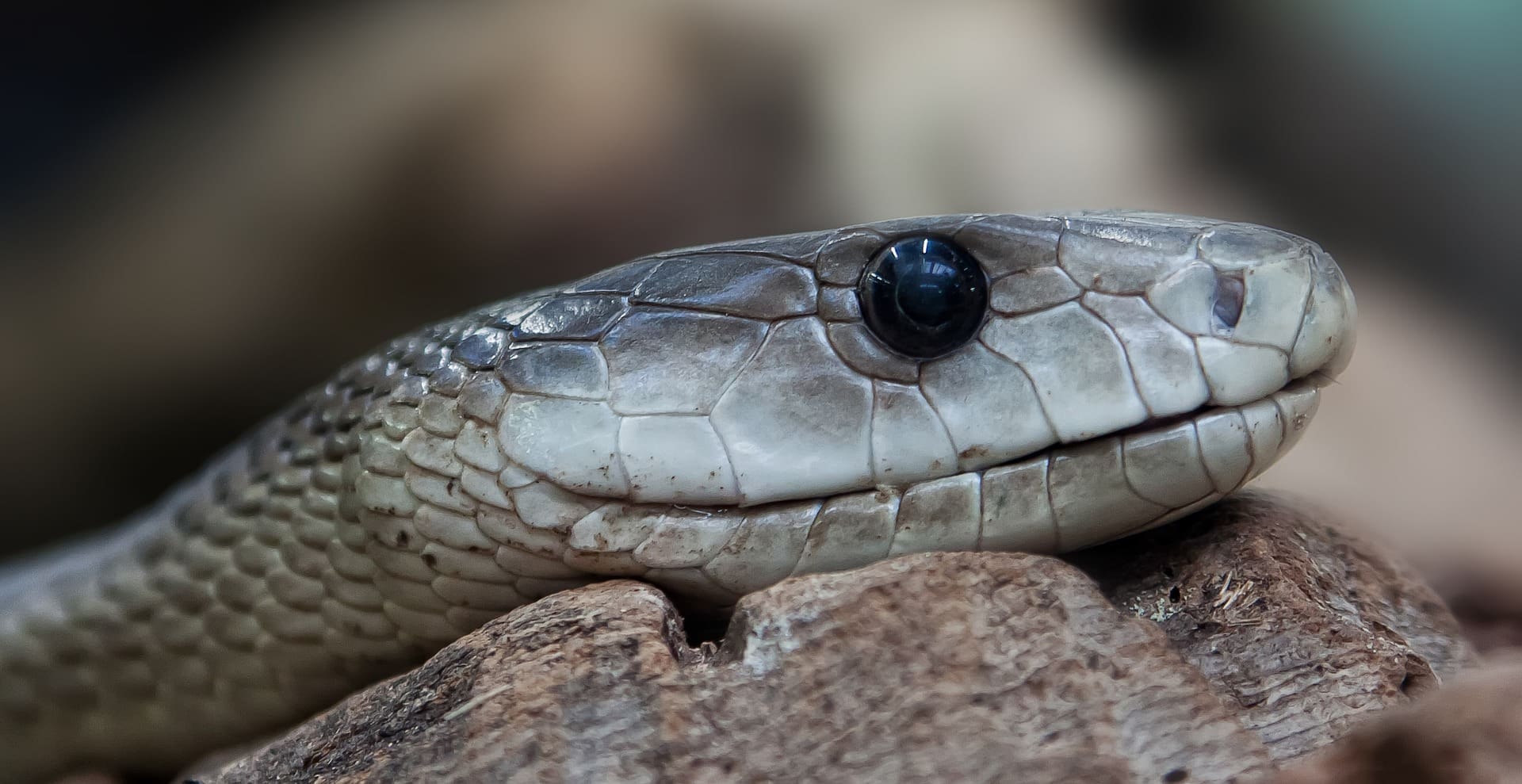There’s a common misconception that around every corner in Africa, there’s a deadly or dangerous animal just waiting to make you its next victim. However this is not at all the case.
In reality, the most dangerous animals in Africa occur only in national parks and designated wildlife areas.
The truth of it is that most of Africa’s wild animals are in more danger from human beings than we are from them. That being said, the continent is home to incredible biodiversity and an array of mega-species which are without a doubt some of the most dangerous animals on the planet.
How many deadly animals are there in Africa?
Africa is extremely vast and home to more than one million species. With a huge variety of large mammals, aggressive predators, and venomous snakes and insects, many of these can be considered as dangerous.
The continent provides a home to 1100 mammals, 350 reptiles, 2300 birds and a plethora of insects. Included in these are; the world’s largest land mammal, the ‘King of the Jungle’, the apex predator of the oceans and the animal responsible for the most human deaths every year!
Most animals aren’t dangerous to humans in the traditional sense. i.e they don’t want to eat you, aren’t capable of crushing or goring you, and don’t have a venom inflicting bite. However all wild animals are driven by a strong sense of instinct and will fight if they feel like it is their only option.
The 10 most deadly animals in Africa:
CAPE BUFFALO
The menacing monikers “widowmaker” and “black death” are not bestowed lightly, underscoring the Cape buffalo’s formidable status as one of Africa’s most lethal creatures. This animal’s notoriety stems from its aggressive nature and unpredictable behavior, making it a formidable adversary known to have claimed the lives of more trophy hunters than any other member of the Big Five. Adult Cape buffaloes can weigh as much as 1,000 kilograms (about 2,200 pounds) and stand 1.7 meters (about 5.6 feet) tall, showcasing their impressive physical stature.
These buffaloes are social animals, living in large herds that command respect with their sheer presence. Even from a distance, the menacing glare of an aggressive bull is a sight few can disregard. The herds are highly protective, ready to band together to confront any threat. Utilizing their massive horns, which feature a unique fused-bone structure, they can launch deadly charges, trampling and goring adversaries with terrifying efficiency. Notably, even lions, the apex predators of the African savannah, often hesitate to challenge a full-strength buffalo herd.
An injured buffalo becomes exceptionally perilous, displaying a rare tendency among animals to actively pursue and attack humans, illustrating their formidable nature. It is believed that Cape buffaloes are responsible for approximately 200 human fatalities each year.
Despite their dangerous reputation, Cape buffaloes play a significant role in Africa’s ecosystems, thriving across the continent in open grasslands and near water bodies. However, they face threats from diseases common to domestic cattle, such as bovine tuberculosis. Nonetheless, they are currently classified as of ‘Least Concern’ by the IUCN Red List, indicating a stable population status.
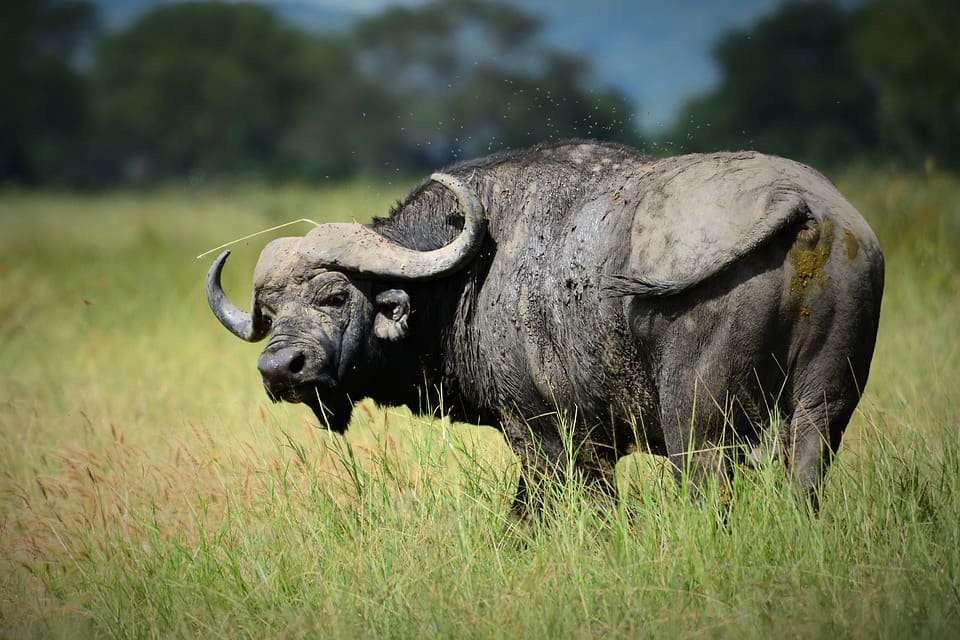
HIPPO
Many are surprised to learn that the hippopotamus holds the title as Africa’s deadliest land animal, despite its herbivorous diet and lack of predatory behavior towards humans or other animals. Remarkably, hippos are linked to nearly 3,000 human deaths annually.
From a distance, hippos might seem placid and even whimsical as they lounge in water bodies. Yet, male hippos are fiercely territorial, showing aggressive behavior towards any intruders in their domain along rivers or dams.
Female hippos, while not territorial, aggressively protect their young and their access to water, attacking any perceived threats. Their aggression is especially pronounced at night when they are grazing and feel most vulnerable.
As the third largest land mammal in Africa, hippos possess surprising agility for their size, capable of speeds up to 30 km/h (about 19 mph) on land despite weighing more than 1,500 kilograms (over 3,300 pounds). Their formidable size is matched by their large canine teeth, which can grow longer than 50 centimeters (20 inches), and their jaws, which can open nearly 180 degrees.
Commonly encountered in Africa’s rivers and lakes, hippos are a familiar sight on safaris. However, due to ongoing conflicts with humans and loss of their natural habitats, they are classified as ‘Vulnerable’ by the IUCN Red List, highlighting the need for conservation efforts.
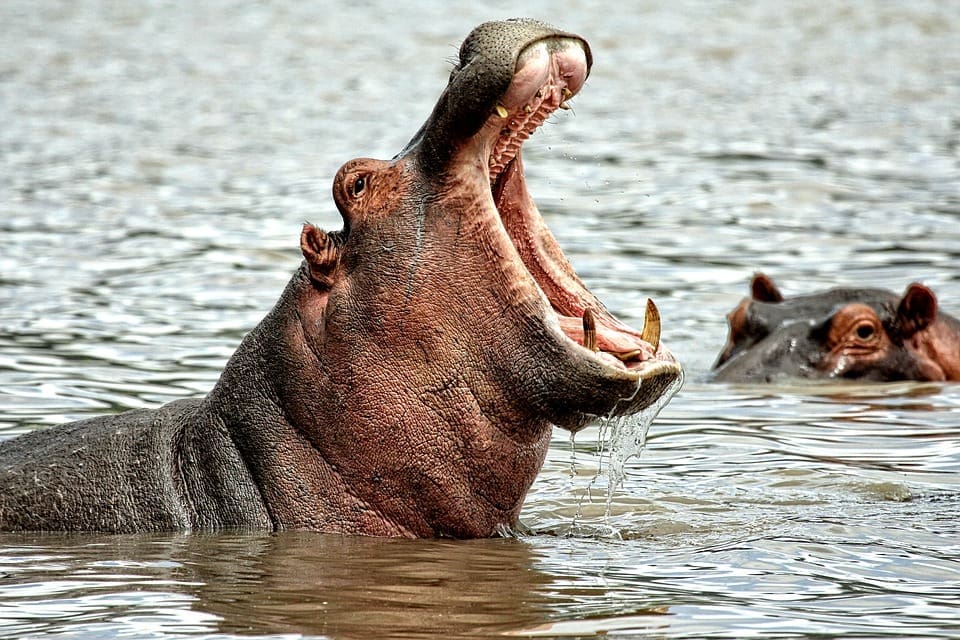
LION
Lions are one of only 2 wildlife species on the African continent known as man-eaters. The most famous instance of this was the pride who killed over 100 men working on a railway line in Tsavo, Kenya in 1896.
It is thought that sick or elderly lions, no longer able to hunt fitter prey, turn to humans in search of an easy meal – primarily old males who are no longer supported by a pride. Lions are the apex predators in Africa and are responsible for an estimated 250 human fatalities each year on the continent.
Mozambican refugees crossing into South Africa via the Kruger National Park are often killed and eaten by lions and in Tanzania, it is reported that these powerful cats kill up to 70 people a year.
Under normal circumstances, lions do not usually target humans for food but rather perceive us as a threat. Their first reaction is to turn and run, however if they feel cornered they will attack. Mothers with cubs are known to be extremely aggressive and do not tolerate any threats.
Lions are common across all of sub-Saharan Africa and spend 20 hours a day sleepy under shady trees before becoming active at night. They are currently listed as ‘Vulnerable’ on the IUCN red list.

MOSQUITO
Surprisingly, the mosquito ranks as the most lethal animal in Africa, surpassing all others in its deadly impact.
These insects are vectors for a host of dangerous diseases, including Malaria, Yellow Fever, Dengue Fever, and West Nile Virus, any of which can be fatal.
According to the World Health Organization, mosquito-borne diseases claim the lives of over one million people annually, with 90% of these deaths occurring in Africa, predominantly among children under five.
The transmission of malaria is exclusively carried out by the female Anopheles mosquito. The disease it spreads, often referred to as cerebral malaria, is particularly deadly and responsible for the majority of malaria fatalities.
Mosquitoes are most prevalent at twilight and dawn, thriving especially in tropical and marshy regions. With around 3,500 recognized mosquito species, these pests generally live for about two weeks.
To ward off mosquito bites, protective measures include the use of repellent sprays, lotions, or candles, as well as mosquito nets over doors, windows, and sleeping quarters.

BLACK MAMBA
The black mamba stands as one of the world’s most deadly snakes and is undoubtedly the most dreaded in Africa.
Renowned for its speed, it is the quickest snake on the African continent, capable of reaching speeds of up to 20 kilometers per hour (12 mph). Its aggressive nature is well-documented, with tendencies to lash out when trapped. It is uniquely noted for instances where it has pursued humans.
As the largest venomous snake in Africa, black mambas can grow up to 4.2 meters (about 14 feet) in length. They possess sharp vision and are active hunters by day and night, employing tactics that range from ambush to active pursuit. Upon striking, they deliver a potent neurotoxic venom into the prey’s bloodstream through multiple bites.
A single bite from a black mamba can deliver enough venom to be fatal to 10 adult men, with symptoms of poisoning—including difficulty breathing and cardiovascular failure—manifesting almost immediately. Without treatment, the mortality rate for those bitten is 100%, with death typically ensuing within seven hours.
Despite what their name suggests, black mambas are not actually black; their skin varies from grey to brown to olive. Their name derives from the dark black interior of their mouths, a warning sign they display when threatened.
Black mambas are commonly found in a variety of habitats including savannahs, woodlands, and scrublands, occupying tree hollows and other secluded spots. Their range spans across East, Central, and Southern Africa.
The Black Mamba | The Most Dangerous Animals In Africa
ELEPHANT
The African elephant is the largest land mammal on earth, and even from inside a vehicle, an angry elephant is an extremely intimidating sight. Elephants can reach weights of over 6 metric tonnes and a height of 3.3 metres (11 ft) at the shoulder.
Estimates suggest that elephants are responsible for approximately 500 human fatalities every year.
Attacks on humans are mainly carried out by bull elephants in musth – a period of heightened sexual activity, when testosterone levels increase drastically. During musth, bulls become particularly aggressive and can be unpredictable.
They often attempt to trample or gore anything that comes too close and unprovoked attacks are not uncommon. Protective mothers will attack if they feel that their babies are being threatened.
In areas with high human-elephant conflict, herds are far more aggressive. On average, 100 African elephants are killed every day by poachers. Historically, herds in certain regions have been culled and/or relocated for various reasons and these extremely traumatic events have caused major distrust towards humans.
These populations are renowned for being far more aggressive. African elephants are currently listed as ‘Vulnerable’ on the IUCN redlist.
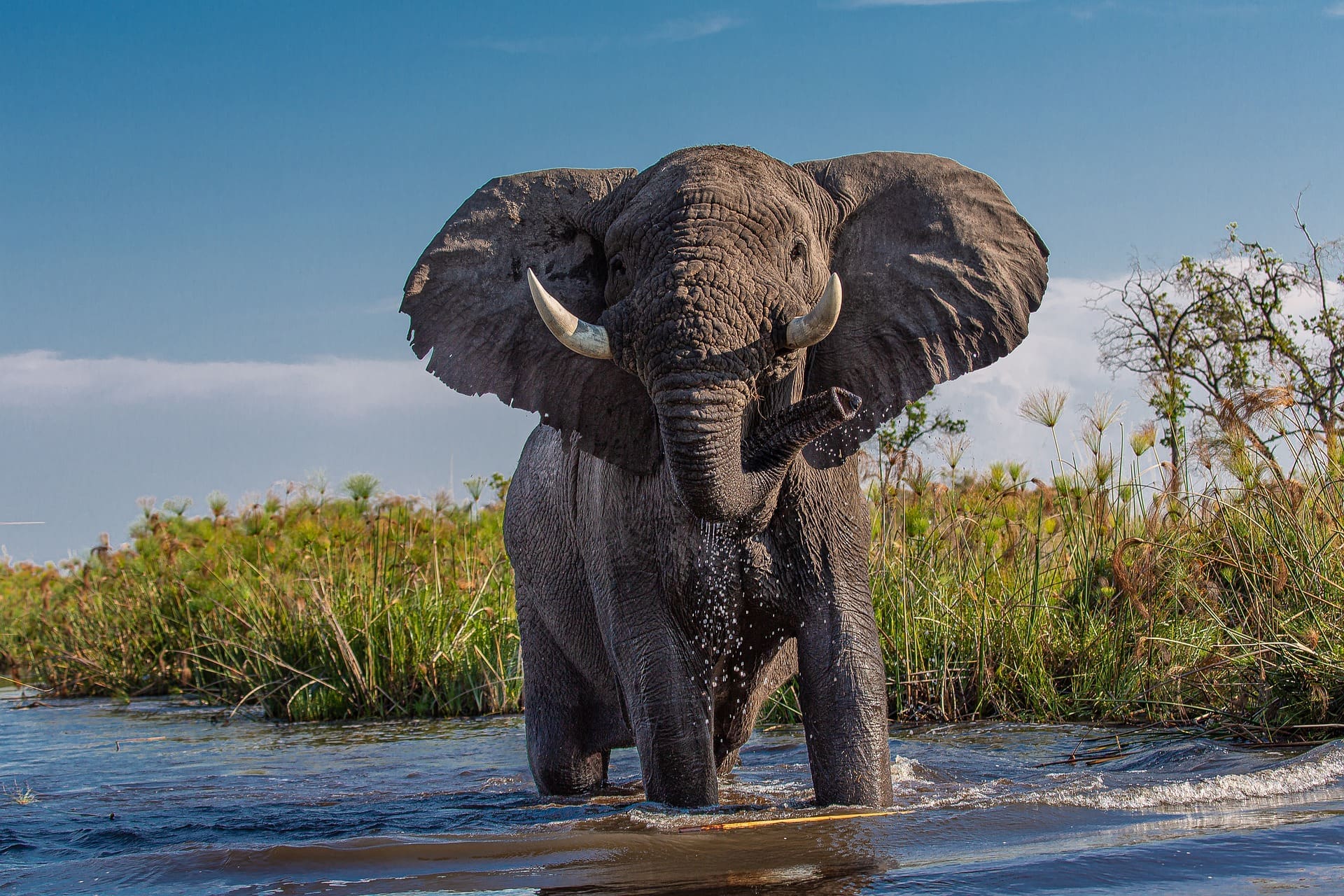
BLACK RHINO
The rhinoceros is a large and powerful animal, equipped with surprising speed and large horns – capable of inflicting serious damage.
Both the African species – the white rhino and the black rhino – charge when threatened and have both been responsible for multiple human fatalities. Rhinos have poor eye sight and an excellent sense of smell. They are extremely irritable and often choose the ‘hit first and ask questions later’ approach, which makes them very unpredictable.
The black rhino is by far the more aggressive of the two species, and will charge at any perceived threat. When approaching there victims, black rhinos aim to trample and gore with there two sharp horns. It’s impossible to outrun a rhino at close range as they can reach speeds of up to 64 kilometres and hour (35mph). Black rhinos have even been seen charging and ramming into vehicles.
The rhino is second only to the elephant when it comes to size, and the largest-ever male black rhino weighed in at over 2,890 kilograms (6,380lbs). Males are territorial and always on high alert, while protective mothers will act on any threat against their young.
Usually seen feeding on shrubbery in dense tickets, black rhinos are right to be wary of humans, as severe poaching has led them to their current status as ‘Critically Endangered.’
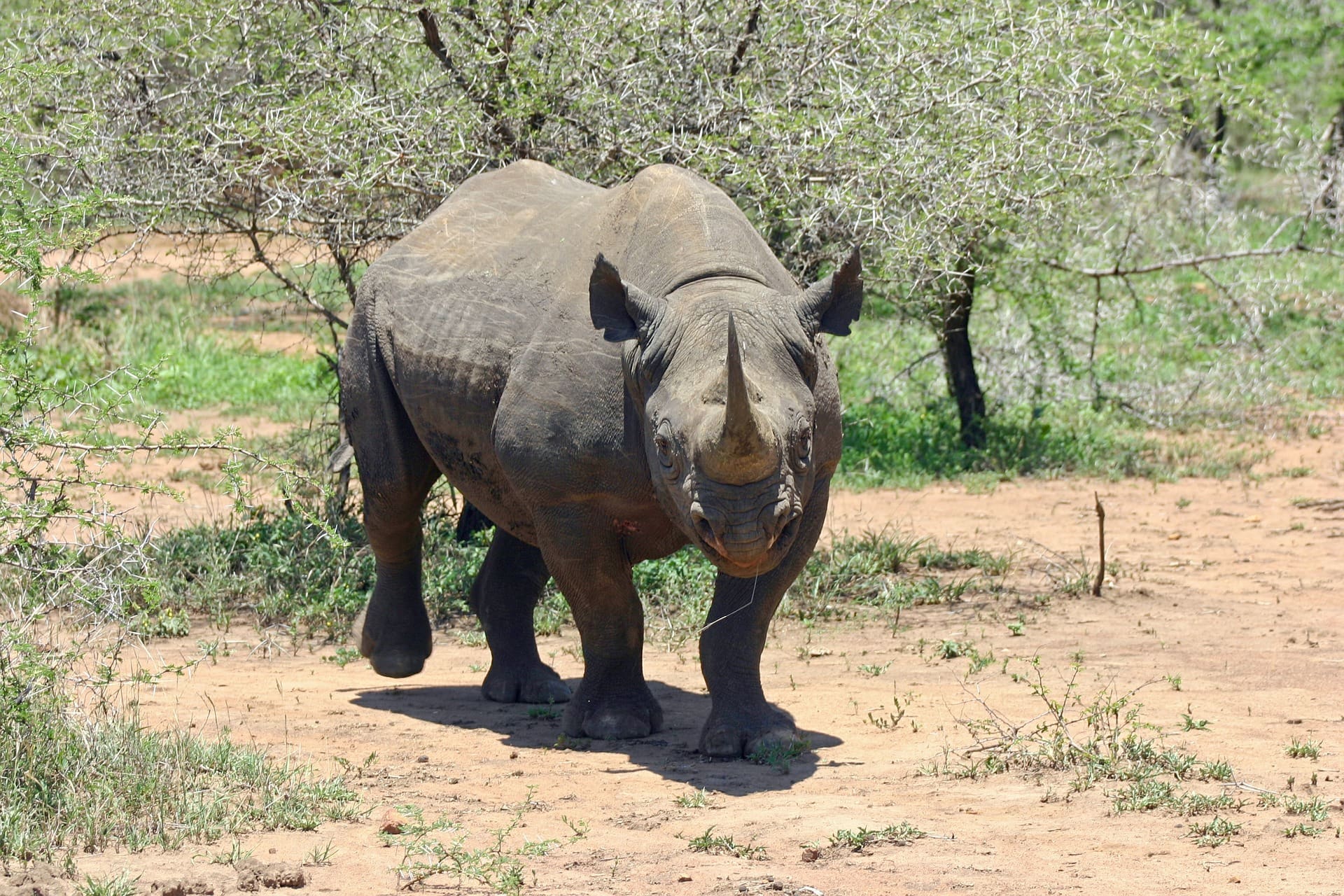
PUFF ADDER
Although not as venomous as the black mamba, the puff adder holds the distinction of being among the most ubiquitous reptiles across Africa, and it’s believed to cause more human fatalities than any other snake species on the continent.
The puff adder’s extensive presence, including in areas densely populated by humans, coupled with its effective camouflage techniques, significantly contributes to its reputation as one of Africa’s most dangerous snakes. Rather than fleeing when faced with a threat, puff adders tend to remain motionless to blend in with their surroundings, leading to many people unwittingly stepping on them and getting bitten.
While the death rate from puff adder bites is relatively low, primarily due to poor access to medical care, these incidents result in approximately 32,000 deaths annually.
Puff adders are characterized by their stout body shape, averaging about 1 meter (3.5 feet) in length, and are equipped with lengthy fangs through which they deliver a powerful cytotoxic venom. Their skin tone can vary to match their specific habitat, which spans nearly all of Africa, excluding the Sahara desert and dense rainforests.
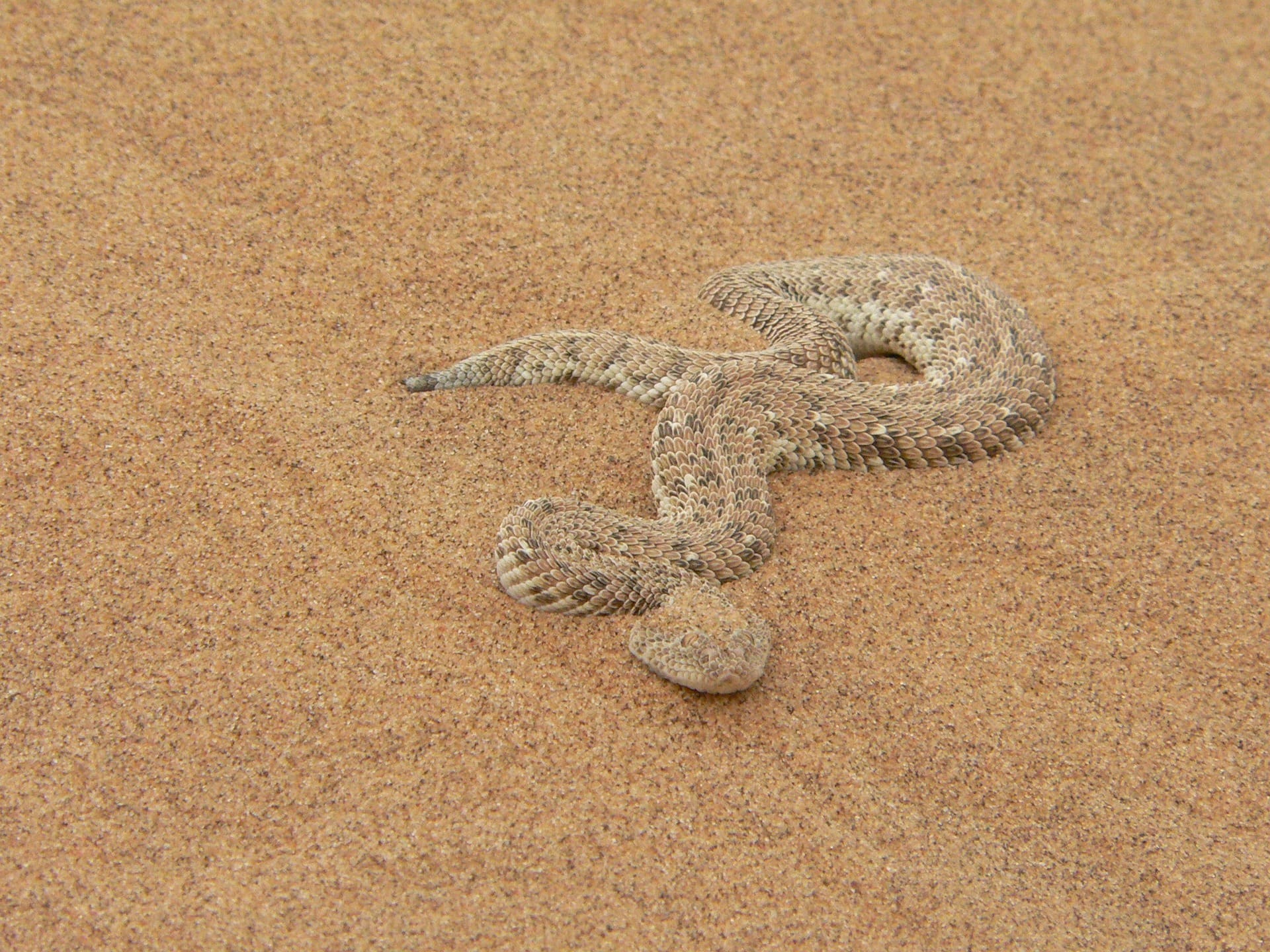
NILE CROCODILE
The continent’s largest freshwater predator – The Nile Crocodile – is one of the most feared and most deadly animals in Africa, and one of the two known man-eating species.
Draped in thick, armoured skin with razor-sharp teeth and extraordinary bite force, nile crocs are known for their ambush method of hunting. They lie-in-wait in the shallows and will indiscriminately attack any anything that comes within reach.
Attacks occur with the ferocious reptiles launching out the water at incredible speeds and grabbing its victim in its powerful jaws before dragging it back in and drowning them underwater. Not a nice ending for an individual of any species.
Once dead, crocs will sometimes stash their kills under branches, rocks or in underwater caves. They return later to feed and tear their meal apart with their famous ‘death roll’.
Nile Crocodiles are the largest reptile in Africa and can grow to over 5 metres (15ft) long and weigh close to a ton.
The number of unreported attacks means it is difficult to determine exact numbers, however it is estimated that Nile crocodiles kill around 300 human beings every year.
Crocodiles are found in almost every major river system throughout Africa, as well as most bodies of water in national parks and game reserves. Attacks occur in regions where humans use rivers for agriculture, washing and fishing. Approximately 40% of croc attacks on people are fatal, with children being at greater risk due to their size.
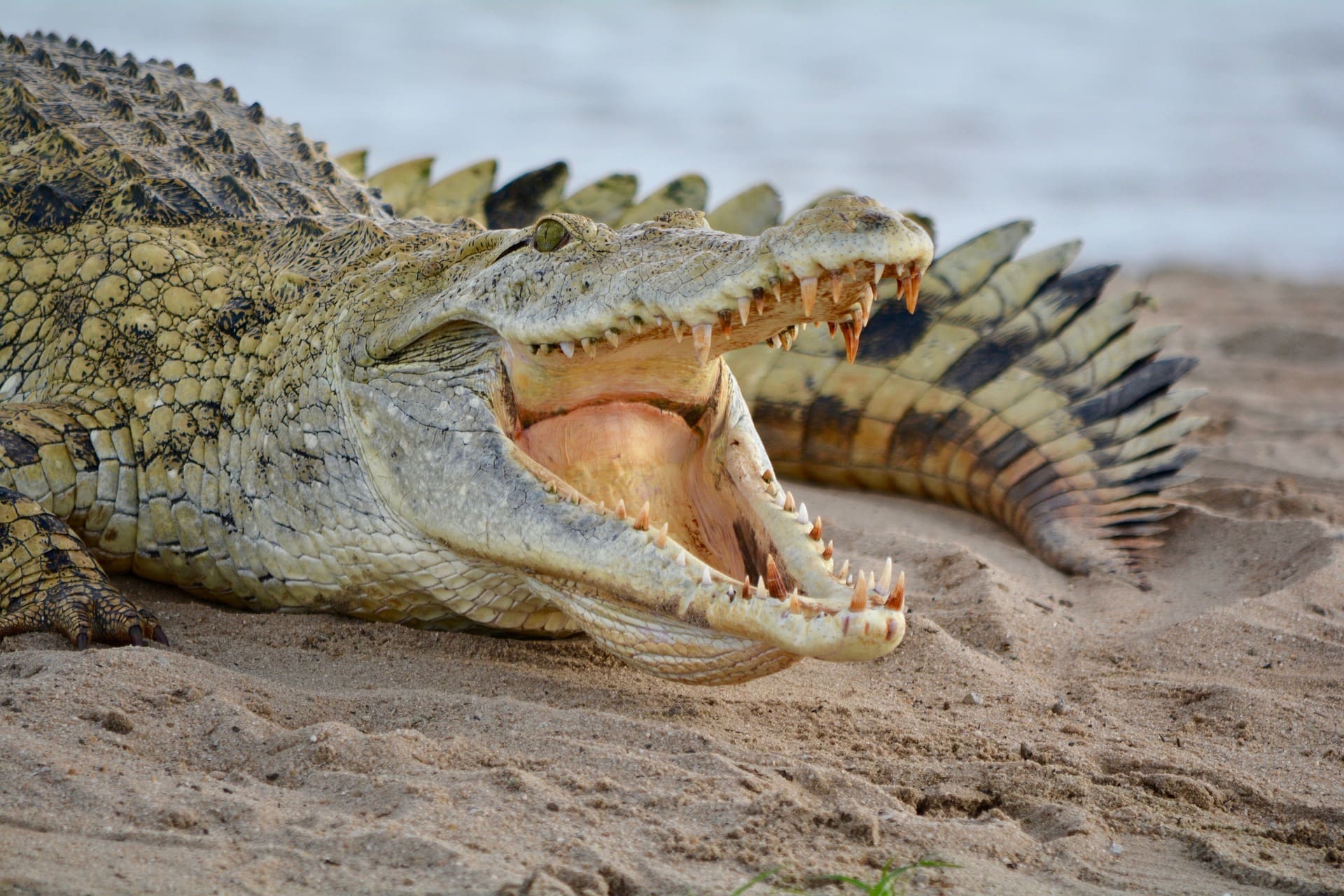
GREAT WHITE SHARK
The Great White Shark is the most dangerous animal in Africa’s oceans – a ferocious marine predator that strikes fear into the hearts of surfers and beachgoers around the Cape of South Africa.
Though it is said that great whites don’t actively seek out humans as prey, cases of mistaken identity are often enough to cause fatalities.
Most attacks involve just a single bite, before the shark realizes that the human is not its preferred prey and swims off. Unfortunately even an exploratory bite can cause the loss of a limb or extreme bodily trauma and in 20% of cases, the attack ends with the victim bleeding to death. Great whites are responsible for the majority of fatal shark attacks in Africa, and across the globe.
‘White sharks’ charge their prey at up to 40 kilometres per hour (25mph), and hit them from below with enormous force while simultaneously inflicting a devastating bite. Most often they then back off and let their victim bleed out but in some instances they grab them and drag them to the bottom of the ocean.
With all that said, shark attacks are extremely rare and there have only been around 200 Great White shark attacks off the coast of Southern Africa in as many years.
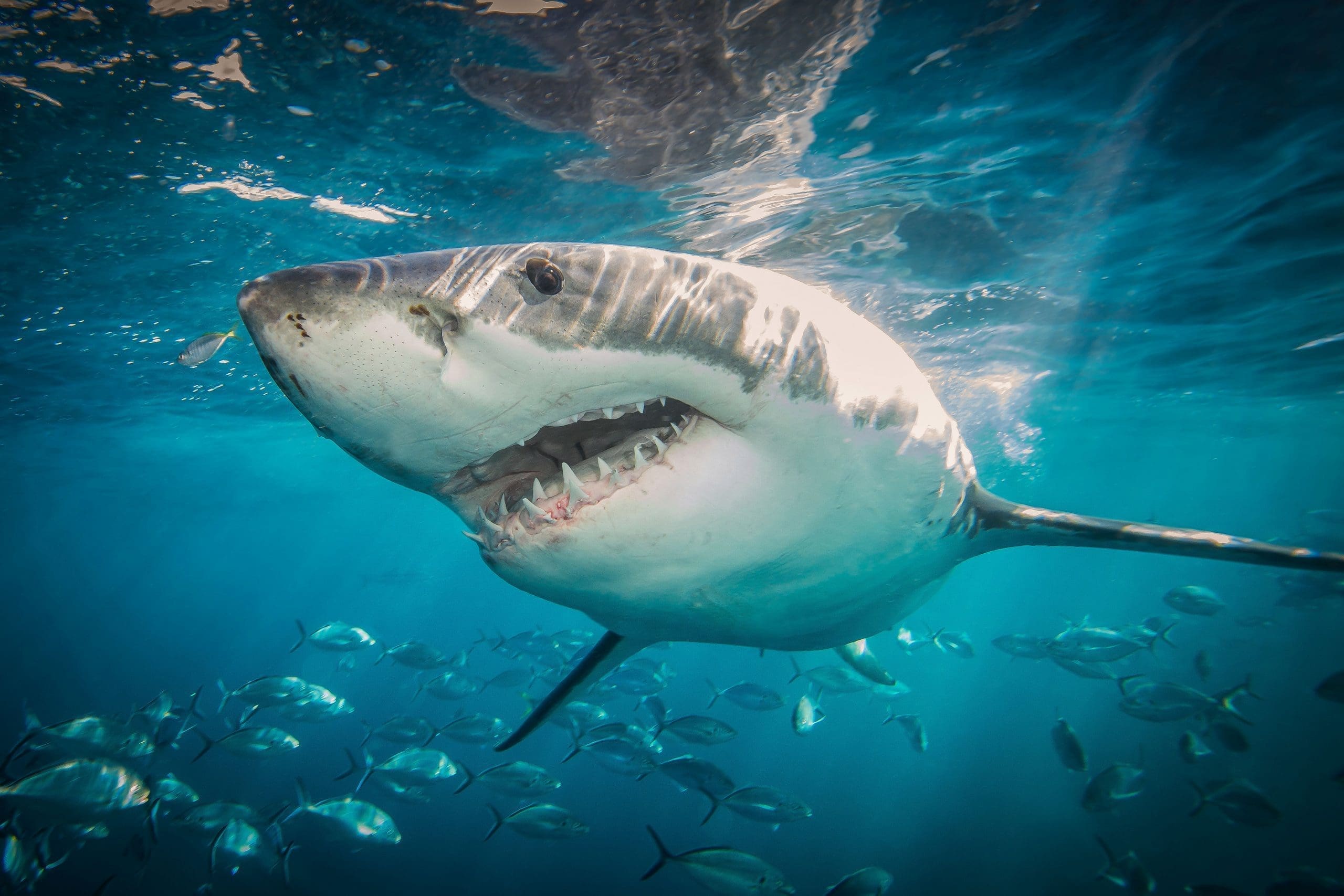
Africa is one of the most wildlife-rich continents on earth. The continent is famous the world over for its iconic wildlife species, and the unforgettable viewing experiences on offer. Despite the danger element, visiting Africa to spend time observing and learning about amazing animals species is one of the best vacations you’ll ever go on.
In reality, provided you follow the rules and use common sense, a wildlife experience in Africa is not dangerous at all. Whether its a bush safari or ocean experience, there are a plethora of professional tour operators who will guide you with safety.

